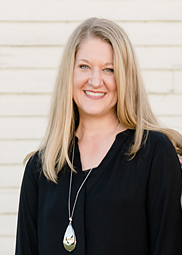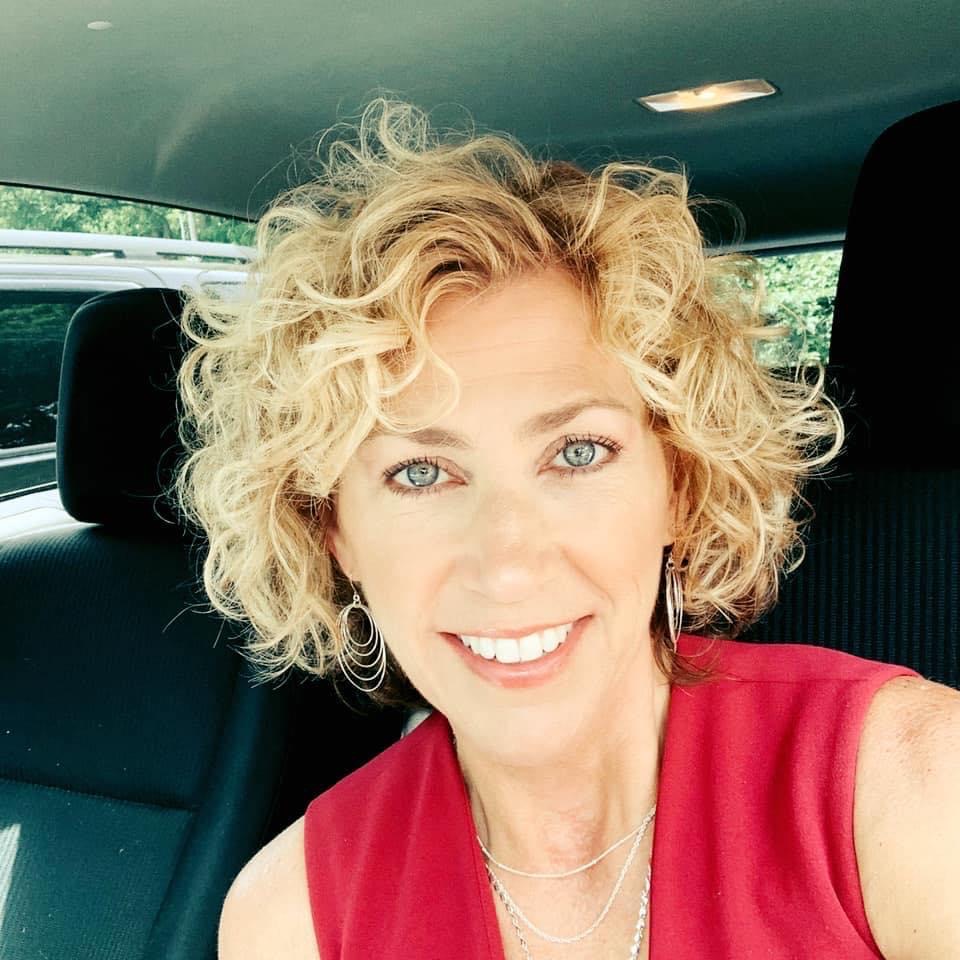Creating a High-Quality Instructional Resource (HQIR) Culture
Tech & Learning Innovative Leadership Awards (Dallas): Best Implementation of Digital Curriculum
Summer Carlton and Gina Looney, Franklin Special School District, Tennessee

In a time when districts across the nation experienced devastating student achievement losses due to the impact of a global pandemic, Franklin Special School District remained in the top ten performing Tennessee districts for literacy and math, exceeding typical student achievement results.
“Although we did have an initial dip when we returned to school in the fall of 2020, our teachers and students worked very hard to close that gap over the past year and a half,” says Summer Carlton, Curriculum and Professional Learning Supervisor. “We already had strong digital curricular resources in place, so when virtual school began, we were not scrambling. Our teachers and students were already using digital resources for all core subjects. In our most recent data from iReady math (K-8), most grade levels are back to performing where they were before the pandemic hit.”
Mind the Gap

Carlton and Gina Looney, Reading and RTI Coordinator, ensure that all teachers and students have access to high-quality digital curriculum. When gaps are found, the dynamic duo vet new resources to provide supplemental digital resources for core and intervention. The key to buy-in is often a matter of clear communication and inclusive representation.
“When we are vetting resources, we often invite representatives from the vendor to share product information with our district Teaching and Learning team,” says Looney. “This team is composed of leaders in various departments—special ed, ELL, literacy, math, and technology. Before introducing a new program, we consider its impact on both teachers and students. We also hear the voices of teachers and administrators through quarterly meetings, conducted by Summer. When we believe a tool might be a good fit, we still typically pilot the implementation on a smaller scale before going broad scale with it.”
Nominate someone for the Tech & Learning Innovative Leader Award here
Different Keystrokes for Different Folks
Often, finding the right solution means being open to flexible and personalized learning tailored to student needs.
Tech & Learning Newsletter
Tools and ideas to transform education. Sign up below.
“Time is a precious resource for students and for teachers,” says Looney. “No student has time to wait for needs to be addressed. Planning differentiated support for students can be very overwhelming for teachers - What resources? When will someone deliver the instruction? What are the student's needs? Differentiated digital support helps us meet all students where they are in K-8 literacy and math.”
For K-2 literacy, the district uses Imagine Learning. For 3-4 literacy, it iReady Reading, while for 5-8 literacy, it’s Achieve 3000. In math, iReady Math K-8 is used for differentiated pieces.
“We are always looking at whether usage of our digital programs can be noted in student performance on other measures,” says Looney. “Most recently, we met with iReady reps to hear about our fall to winter progress. We were so excited that our results were much better than the state and nation!“
PD for the Win
Carlton and Looney provide professional learning and continual support to ensure the digital resources are being used skillfully. A major priority is ensuring teacher growth to impact student achievement in a positive way. Their layers of support include:
- Regular data conversations with providers as well as district and campus leadership
- Invitations to program providers to share progress and share information to campus leadership
- Preparation of district instructional coaches to support teachers in their schools
Share the Wealth of Knowledge
Much as they do in their own district, the team generously shares their recipe for success with the greater education community, recently presenting at the Tech & Learning conference about supporting digital resource use through professional learning.
Here are a few highlights from their talk:
Create a High-Quality Instructional Resource (HQIR) Culture
- Institute a multiyear initiative to make the use of high-quality district resources a priority.
- Include several professional learning sessions to a leadership team, detailing research regarding the impact of HQIR on student achievement, teacher collaboration, and equity.
- District expectation that teachers use district-provided HQIR in the classroom.
Supporting Digital Curriculum includes:
- Implementing professional learning is a priority before any new digital curriculum is used.
- Providing continual support to ensure digital resources are being used skillfully.
- Providing additional professional learning opportunities each year for all district digital curriculum during summer and district professional learning dates.
- Offering virtual professional learning support with providers during PLCs to provide targeted, grade-level and content-specific support when needed.
- Ongoing site-based support provided by district instructional technologists and instructional coaches.
- Highlighting district digital curricular resources during leadership meetings throughout the year.
Any success we have is a team effort from the top down, says Carlton. “Our Teaching and Learning team, led by Dr. Decker, works very hard to support our campuses and provide needed professional learning and resources,” she says. “We have strong partnerships with our campus administrators, so that we can work together for teacher and student growth.”
Sascha has nearly two decades of experience as a freelance journalist writing for national magazines, including The Washington Post, LA Times, Christian Science Monitor, National Geographic Traveler, and others. She writes about education, travel and culinary topics.
